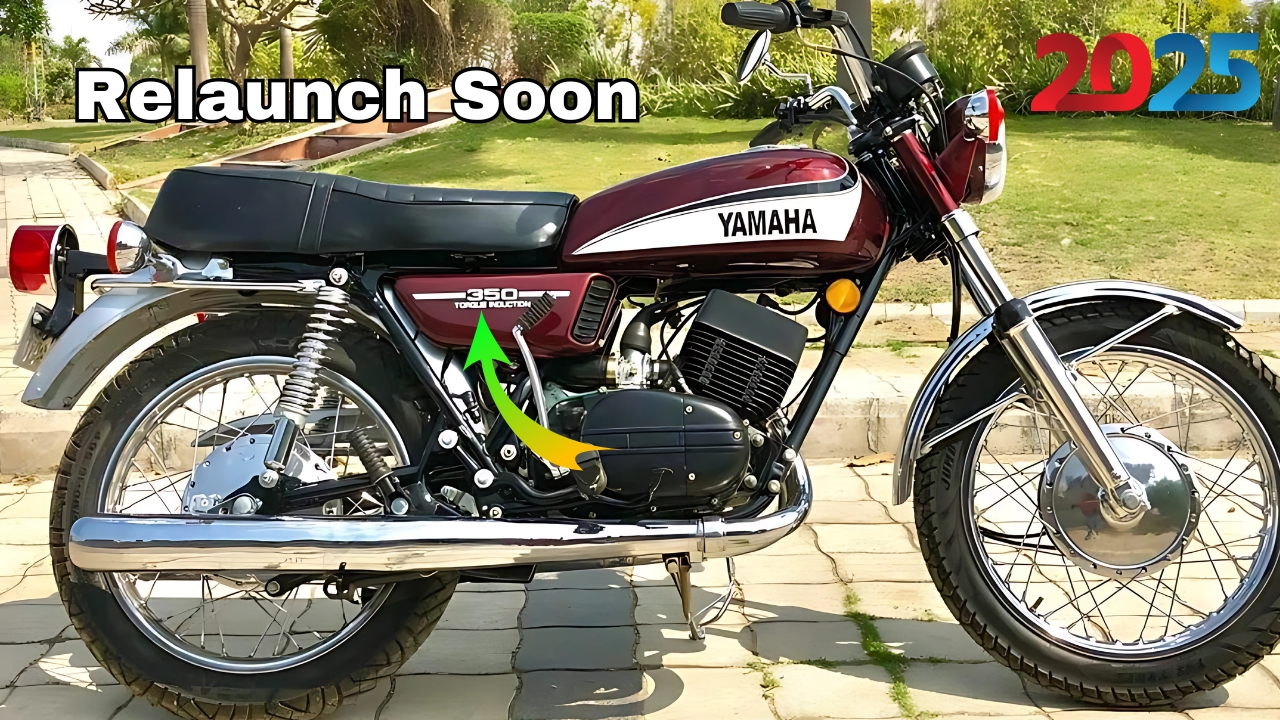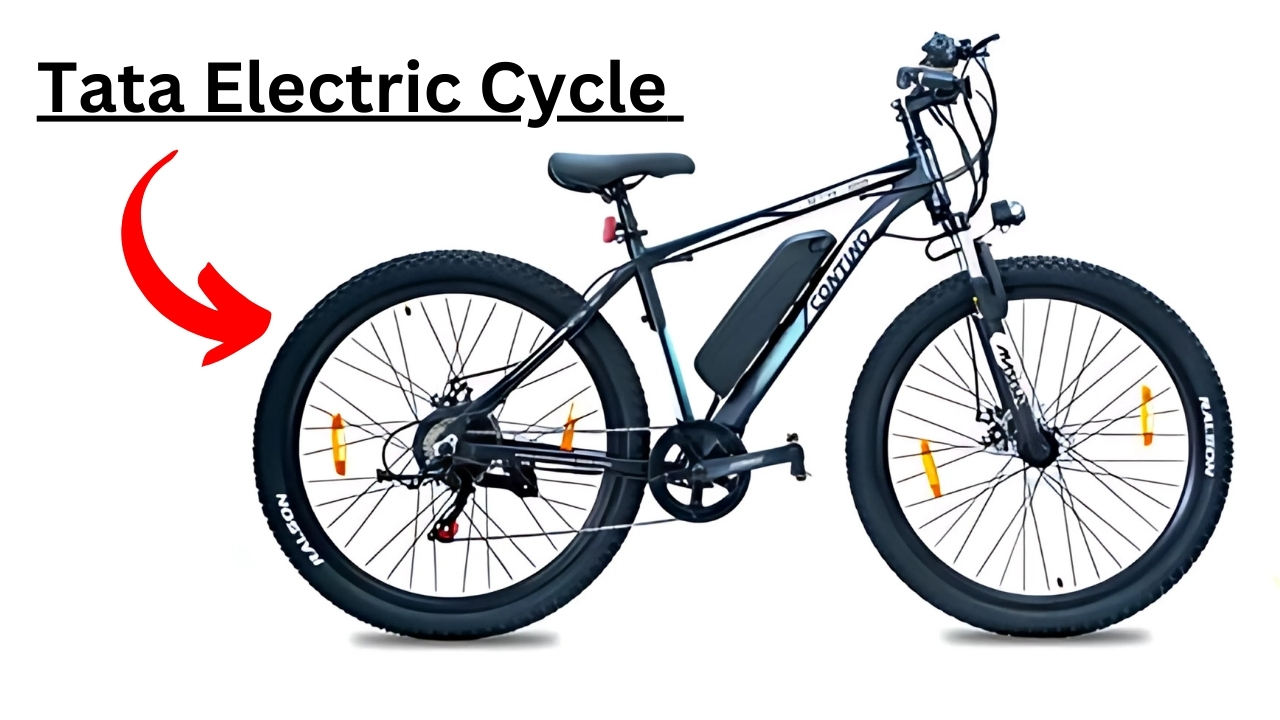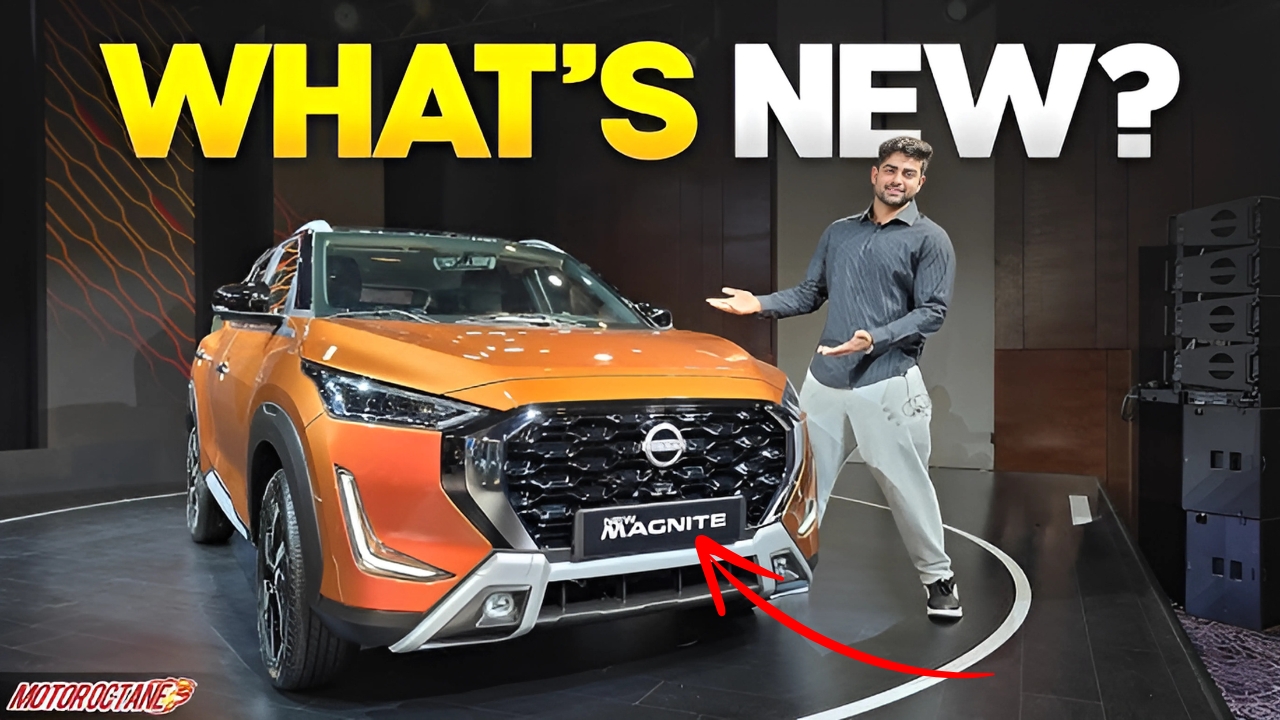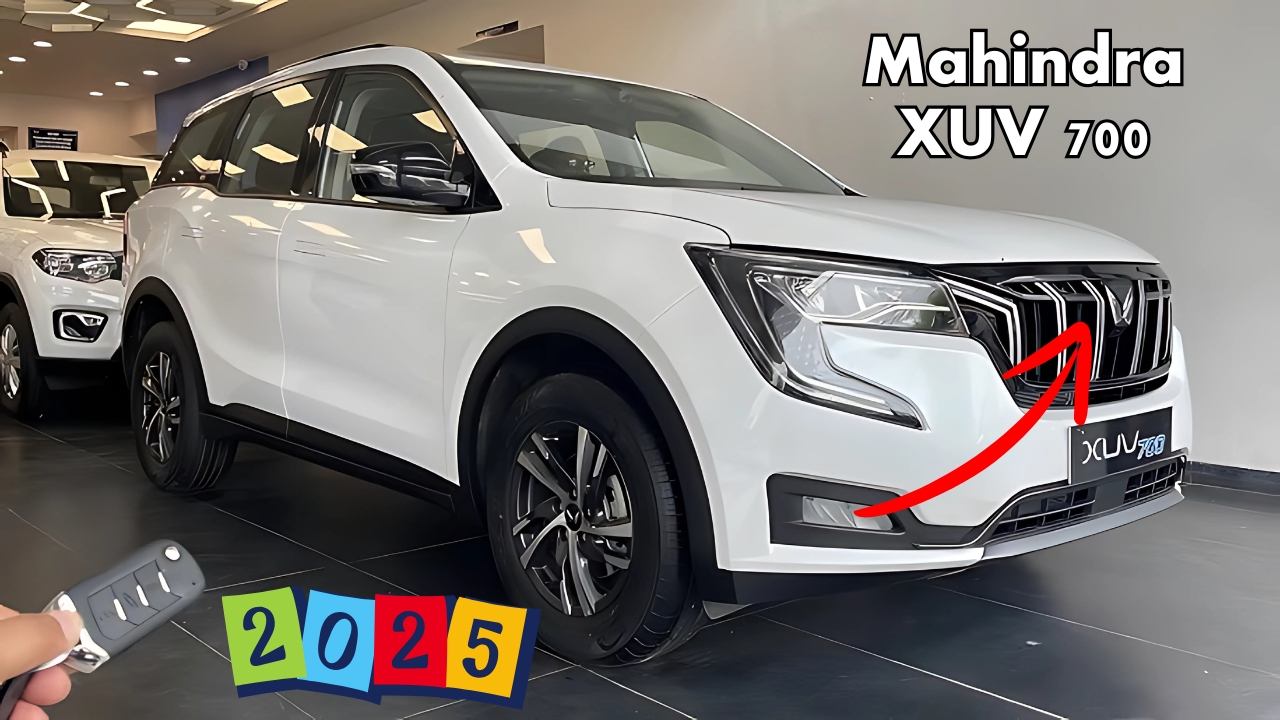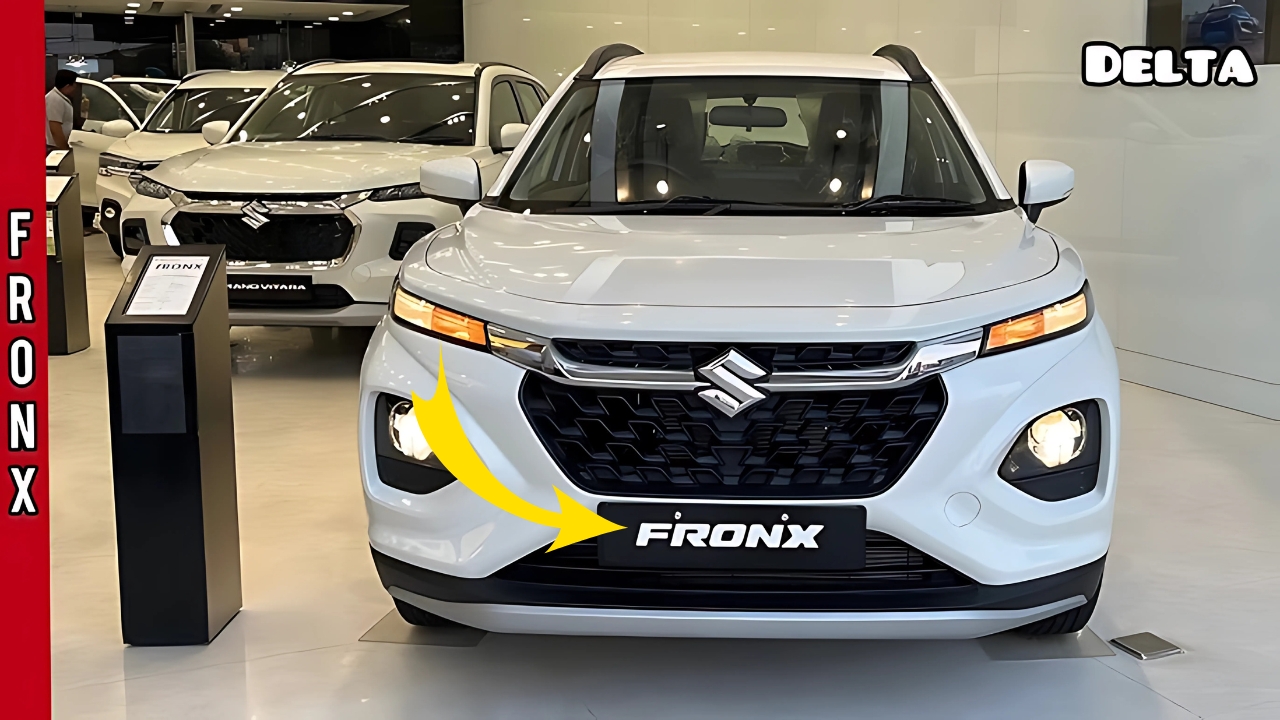Rajdoot 350: The Indian motorcycling scene is buzzing with excitement, and the name on everyone’s lips seems to be the Rajdoot 350. This motorcycle, once a cherished treasure on Indian roads, is rumored to be making a spectacular return, igniting feelings of nostalgia and intrigue among enthusiasts.
Tales of the Rajdoot 350 have captivated both seasoned riders reminiscing about the bike’s glory days and younger fans who’ve only heard the legends passed down. But is there any truth to these captivating whispers, or are they merely the hopeful musings of a community longing for the revival of a classic? Let’s delve into the rich history of the Rajdoot 350 and explore its prospects in today’s cutting-edge motorcycle market.
The Rajdoot 350, commonly referred to as the RD 350, transcended the label of a mere motorcycle; it became a legendary symbol of a generation captivated by two wheels.
Launched in the 1980s, it emerged amid a landscape dominated by economical commuter vehicles. This powerhouse was a meticulously modified counterpart of the Yamaha RD350B, ensuring it aligned with local preferences and conditions.
Under the aegis of the Escorts Group and its Rajdoot brand, this Japanese marvel was introduced to India, quickly evolving into a coveted dream machine for speed lovers across the nation.
Boasting a robust 347cc, two-stroke, air-cooled parallel-twin engine, the Rajdoot 350 stood apart from its rivals, offering unmatched performance.
The motorcycle catered to various rider preferences through two distinct versions: the High Torque (HT), delivering an impressive 30.5 bhp for enthusiasts with a thirst for speed, and the Low Torque (LT), offering 27 bhp but excelling in fuel efficiency for practical riders.
During its heyday, these power outputs were revolutionary, especially in a market where most bikes barely scraped half these figures.
Accelerating with power and handling with finesse, the Rajdoot 350 set benchmarks that would be remembered fondly for years to come.
Rajdoot 350: The End of an Era
Albeit its cult following and extraordinary performance, the Rajdoot 350’s time in the Indian market was tragically short.
By 1990, production of this iconic motorcycle ceased, with the last models reportedly hitting the market in 1991. A combination of complex challenges contributed to its rapid decline:
-
High fuel consumption in a cost-conscious market: The bike’s fuel appetite became a significant point of concern as economic factors shifted consumer preferences towards efficiency.
-
Expensive spare parts and maintenance: Its sophisticated design called for specialized parts that were costly to import and maintain, straining the budgets of its owners.
-
Lack of trained mechanics for its complex engine: The required expertise to service its two-stroke parallel-twin engine was scarce, especially in smaller towns.
-
Stringent emission norms that spelled doom for two-stroke engines: Stricter environmental regulations ultimately made compliance increasingly difficult for two-stroke engines while retaining their performance characteristics.
The end of the Rajdoot 350 era created a void in the Indian motorcycle scene that many argue has yet to be filled, despite the subsequent arrival of many high-performance models.
The motorcycle’s unique blend of raw power, distinctive two-stroke character, and affordability forged a legacy that fuels passionate debates among enthusiasts to this day.
Rajdoot 350: Rumors of a Revival
With promises of staggering mileage at 80 kmpl and a launch price of just ₹1 lakh, these claims have ignited waves of fervor and speculation throughout the motorcycle community.
As anticipation swells, enthusiasts are left eagerly awaiting any official word from credible sources.
However, it’s crucial to approach these rumors with a cautious mindset. Here’s why:
The assertions being made regarding the new model seem to clash with both economic and engineering realities in the current market landscape. Achieving a mix of high performance and superior fuel efficiency at such a low price raises alarm bells about the authenticity of the claims.
-
Ownership Issues: The Escorts Group, which originally produced the Rajdoot 350, closed its motorcycle operations in 2001 after decades of successful manufacturing. Since then, the company has focused solely on tractors and auto components, making any attempt to bring back motorcycle production a colossal challenge. Rebuilding the necessary infrastructure and expertise would require a significant investment that seems unlikely in today’s business climate.
-
Brand Legacy: Unlike successful revivals such as Jawa and Yezdi, which retained a cultural connection even during dormant times, the Rajdoot brand has not maintained the same level of nostalgia with younger audiences. Although the motorcycle has loyal fans among those who remember it fondly, its absence in recent years has caused it to fade from collective memory, limiting its potential appeal.
-
Technological Challenges: Introducing a two-stroke engine in today’s environmentally-aware market introduces numerous hurdles. Adhering to modern emission standards, particularly with BS6 regulations, would be nearly impossible without a complete redesign. The costs associated with developing a new engine that upholds the classic performance aspects of the two-stroke design could make the goal daunting—and likely unfeasible.
-
Market Positioning: The suggested price point of ₹1 lakh for a 350cc motorcycle seems out of touch with current market conditions. Established 350cc models from leading manufacturers are priced between ₹2-3 lakhs, reflecting advancements in technology and safety compliance. This unrealistic pricing fails to consider increasing manufacturing costs and the elevated expectations for a heritage brand revival.
Rajdoot 350: The Reality Check
The narrative surrounding the rumored return of the Rajdoot 350 warrants careful examination. Investigative reports have confirmed that the widely circulated pictures are actually of a generic Chinese cruiser, with “Rajdoot” branding digitally overlaid.
This revelation highlights how nostalgia can fuel speculation within the motorcycle community.
Furthermore, the absence of any legitimate statements or teasers from motorcycle manufacturers concerning the revival of the Rajdoot brand or the RD 350 model underscores the fiction behind these rumors.
Rajdoot 350: The Nostalgia Factor
While definitive proof of a revival remains elusive, the excitement triggered by these mere rumors speaks volumes about the lasting impact the Rajdoot 350 has on Indian motorcyclists.
The recent Auto Expo 2025 showcased this phenomenon when Yamaha Motor India made the strategic decision to exhibit the original RD 350, along with many other legendary models like the RX 100. This display, commemorating 40 years of Yamaha in India, drew significant crowds and struck a nostalgic chord.
This exhibition did more than highlight vintage motorcycles; it established a deep emotional bond with visitors of all ages. A revival of fond memories for older riders, while younger attendees gained a tangible feeling for an iconic chapter in India’s motorcycling history.
Through showcasing its past alongside its future, Yamaha cleverly built a bridge that resonated with current and potential customers.
Rajdoot 350: The Current 350cc Landscape
While the chances of a Rajdoot 350 reappearance may seem slim, the current 350cc motorcycle market in India is alive and thriving. Leading brands like Royal Enfield continue to shine with their Classic and Meteor models, while newcomers like Honda’s H’ness CB350 and Harley-Davidson’s X440 offer fresh perspectives.
These contemporary machines combine retro charm with modern technology, attracting riders who desire a mix of nostalgia and reliability.
Rajdoot 350: Looking to the Future
The motorcycle industry is at a pivotal moment, emphasizing electric mobility and sustainable transportation solutions.
While bringing the Rajdoot 350 back in its original two-stroke form appears improbable, there’s still potential for a modern successor to emerge.
Imagine an electric motorcycle encapsulating the performance essence of the original while meeting contemporary environmental standards. A reimagined Rajdoot 350 could rekindle the excitement and passion that this legendary bike inspired while paving the way towards a more sustainable motorcycling future.
Rajdoot 350: Conclusion
The legacy of the Rajdoot 350 continues to echo through generations of motorcycle enthusiasts, with its influence surpassing its production years.
Even if its anticipated return might lean more towards fantasy than reality, the mere existence of such rumors and their continuous circulation across social media underline the motorcycle’s status as an icon in Indian automotive history.
The lively discussions these rumors evoke, even among younger riders who have never experienced the thrill of the original, highlight the cultural imprint left by the Rajdoot.
For now, the Rajdoot 350 remains a cherished memory— a symbol from an era defined by raw power and straightforward engineering. The distinctive sound of its two-stroke engine, exhilarating acceleration, and unique design elements that set it apart from contemporaries are still cherished in the hearts and stories of many.
These stories, handed down through generations, have elevated the motorcycle from a simple machine to a legendary icon. As we gaze into the future of motorcycling in India, we can only hope that the spirit of innovation and excitement embodied by the Rajdoot 350 continues to inspire manufacturers and riders alike, pushing the envelope on what’s possible in two-wheeled travel.
Regardless of whether we witness a new Rajdoot 350 on Indian roads, its spirit remains alive in the hearts of enthusiasts who’ve experienced its thrill and in the aspirations of others who dream of its return.
The legacy of this motorcycle is evident in the growing community of vintage bike restorers focused on preserving existing models, the high prices these restored machines fetch at auctions, and the reverence shown at classic motorcycle shows.
Each preserved or lovingly restored Rajdoot 350 stands as a testament to India’s golden age of motorcycling.
Ultimately, the enduring legacy of this bike—its ability to spark passion and dedication long after its production ended—may be the true testament to its impact on Indian motorcycling culture.
It is a reminder that great motorcycles never truly fade; they transform from manufactured machines to cultural icons that continue to inspire future generations.
